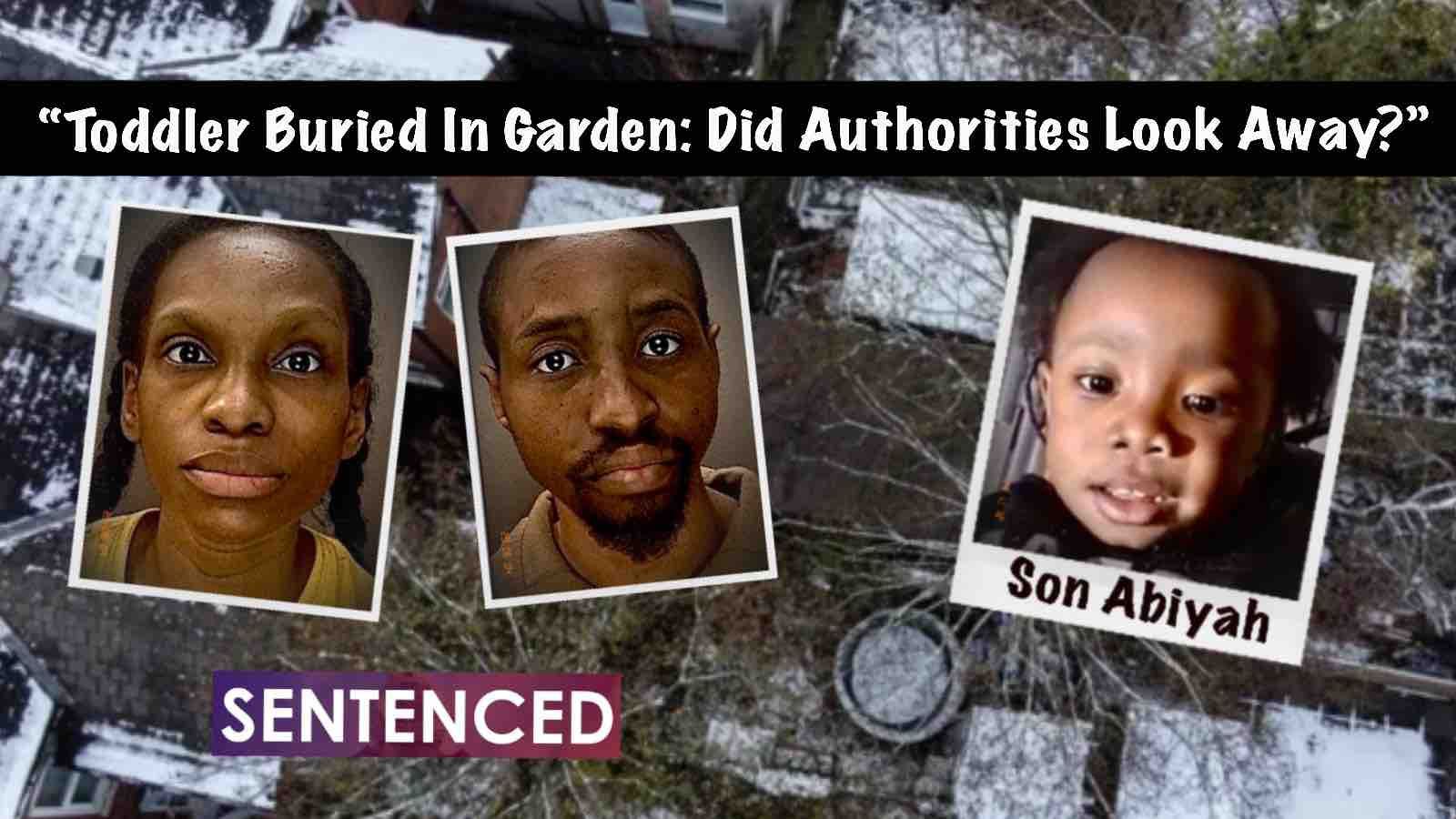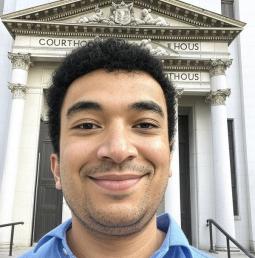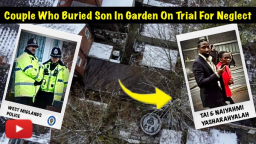Starved to Death In Handsworth, Birmingham: The System That Failed Abiyah Yasharahyalah & How To Fix It
It was a horror story in Handsworth. A child’s body — the size of an 18-month-old — was found buried in a garden. But the body belonged to a boy who was nearly four. His name was Abiyah Yasharahyalah, and he had starved to death, a victim of neglect in plain sight.
His parents, Tai-Zamarai and Naiyamhi Yasharahyalah, were convicted last year at Coventry Crown Court of causing or allowing his death, child neglect, and perverting the course of justice. They were sentenced to 24-and-a-half and 19-and-a-half years, respectively. Their radical, off-grid lifestyle had led them to reject medicine, healthcare, and basic nutrition — all under the sway of the father’s delusional ideology, one he claimed was rooted in Afrocentric tradition but appeared to be a personal cult of control.
But this is not simply the story of two unfit parents. It is also the story of a system that, by all appearances, chose not to see.
A newly published review by the Birmingham Safeguarding Children Partnership (BSCP) paints a picture of agencies failing not through ignorance, but avoidance. This was not a child “lost in the system.” It was a child left behind by it.
“They appeared to look away”
Professionals were not unaware of the family. There were signs, and there were visits. Abiyah was born in 2016, seen twice by health visitors as an infant — and never again. He received none of the standard childhood immunisations. Police officers were called to the home on three occasions. One visit resulted in no record even acknowledging his existence. Social workers had brief contact in London in 2018. The family also attended a children’s centre in Birmingham four times. Yet none of this triggered proper safeguarding assessments.
It appears that professionals were aware something was not right — and still, they did not press further. The review confirms what many feared: a widespread “lack of professional curiosity”. It seems likely that many workers did not want to ask difficult questions — and did not want to be held accountable for the answers.
Had those interactions been captured on body-worn cameras, it would have been harder to justify that inaction. Recordings could have shown clearly what was said, what questions were asked (or avoided), and what concerns were left hanging in the air. Accountability would have followed.
A controlling ideology that went unchallenged
Abiyah’s father, Tai-Zamarai — known as “Teez” — described his beliefs as part of a system called “Slack Law,” an esoteric, shifting ideology combining elements of spiritualism, Afrocentrism, and personal revelation. In court, he refused to express remorse. He claimed that his son had died “in the physical sense” but had been reincarnated. The father’s authority in the home appeared total. And the mother — herself young, isolated, and under his influence — later admitted she had no understanding of her child’s basic nutritional or medical needs.
But what is so damning is how little effort was made to explore or understand these beliefs at the time. Professionals may have accepted surface-level explanations, even when those contradicted the child’s best interests.
If body-worn cameras had been in use, a social worker could have asked: “If your child has an ear infection, what treatment would you give?” The answer could have revealed whether the belief system posed a risk to health — and whether urgent action was needed. Any dismissive or evasive answers would have been documented, not watered down in a follow-up report.
Instead, those conversations were either not had — or not remembered.
A failure of engagement — or a fear of confrontation?
The review shows that professionals knew of missed appointments, a child not seen for years, and parents who resisted services. But again and again, it appears they backed off — possibly out of fear of being perceived as culturally insensitive.
That fear is never named directly, but its shadow hangs over every paragraph of the report. In today’s climate, where professionals can be criticised for asking the wrong question or “not understanding culture,” it’s easy to imagine why many chose the path of least resistance.
Had those professionals been wearing bodycams, those conversations could have been viewed in context. A polite, clear safeguarding question cannot be spun as discrimination when the footage shows otherwise. Footage could have captured signs of parental anxiety, or controlling behaviour by the father, that might not be obvious in case notes — but would be unmistakable on camera.
Most importantly, video could have shown that Abiyah existed, when one police visit failed to record even that.
A pattern of avoidance that cost a life
The BSCP report concludes that, while agencies now claim lessons have been learned, the powers that were needed already existed. What was missing was the professional will to use them.
Authorities knew where the family lived. They knew health appointments were missed. They were told more than once that the child had not been seen. He was not unreachable. He was simply not prioritised.
Each missed opportunity might have gone differently if footage had been available. A health visitor could have captured on camera the condition of the child, or the nature of the home environment. A record of repeated evasiveness or contradictions would have supported an application for emergency safeguarding powers — because there would be visual evidence to back it.
As it is, no single agency took responsibility. No one insisted on seeing the child. And no one intervened.
Changing the culture: Recording the truth
This is why body-worn cameras for safeguarding professionals must be seriously considered.
They are not about catching people out. They are about making avoidance harder. About making silence visible.
When professionals know their interactions are recorded, they are more likely to ask the necessary — sometimes difficult — questions. And when parents know there’s a record, they’re less likely to be vague, hostile, or misleading.
Recordings reduce the possibility of misreporting, minimise the risk of cultural misunderstanding claims, and provide crucial evidence when children are at risk.
Abiyah’s death did not come out of nowhere. It came after a pattern of missed chances — moments where one worker, asking one question, might have made the difference.
With body-worn cameras in place, those moments would not vanish into silence.
They would leave a trace
No more invisible children
The death of Abiyah Yasharahyalah should never have happened. But it did — not because the system lacked access, but because it appears to have turned away.
He was not a hidden child. He was a child whose suffering was visible — and avoided.
It is time for the government and local authorities to consider mandatory body-worn cameras for health visitors, social workers, and other safeguarding professionals. If even one life is saved by forcing a moment of honesty — by capturing a refusal to engage, or a parent’s inability to explain basic care — then it is worth it.
No child should die because a professional didn’t want to ask a hard question. No child should starve because no one wanted to challenge a belief.
Abiyah Yasharahyalah was failed. Let’s not let another child vanish without a trace.
Well, that’s all for now. But until our next article, please stay tuned, stay informed, but most of all stay safe, and I’ll see you then.




